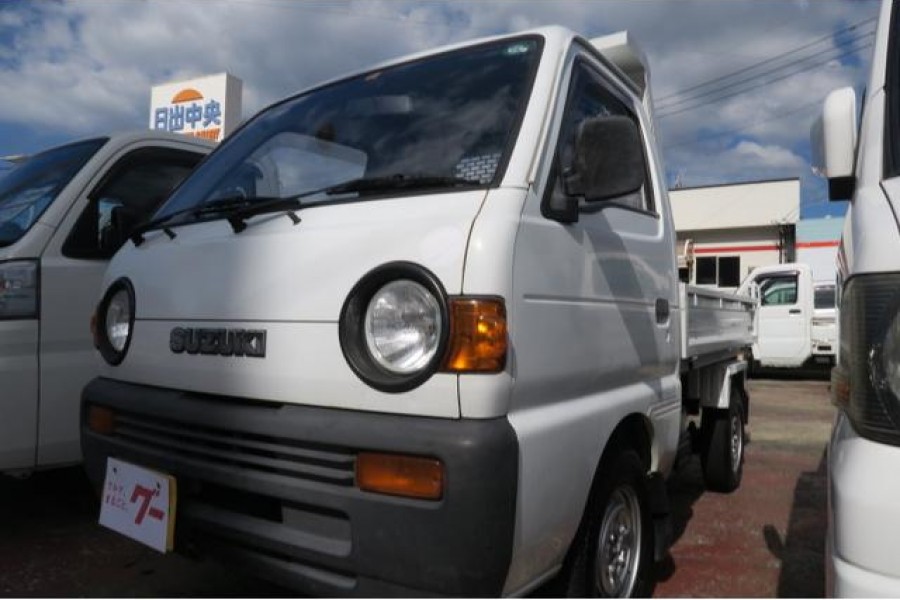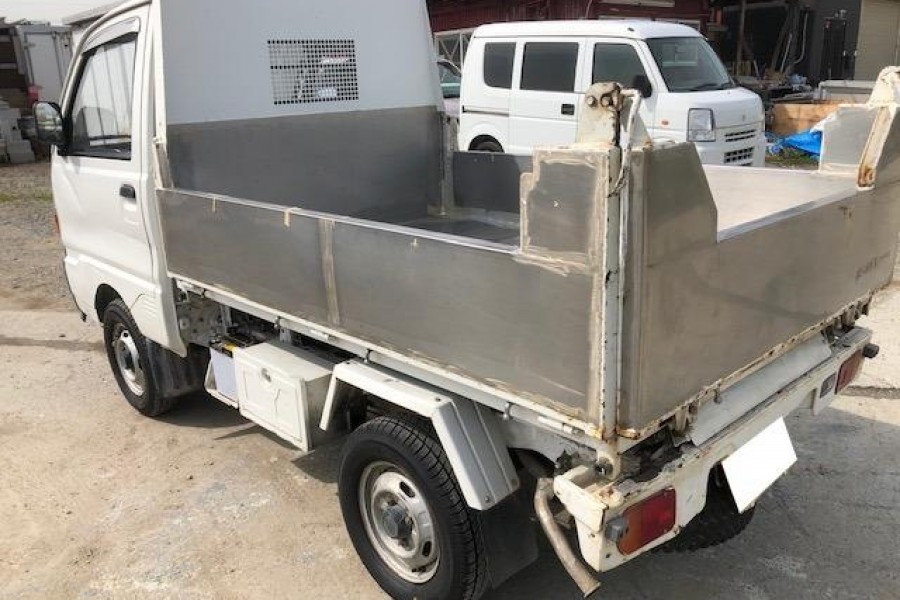Legal Considerations before Importing Mini Trucks to the USA
Mini trucks are vehicles that meet the standard requirements of the Japanese Kei (Jidosha) classification. They must have an engine capacity of 660cc or less, be 130 inches long, 60 inches wide, and a height of 78 inches. The Japanese set these standard requirements because the production of mini trucks started in Japan, and famous automakers such as Isuzu, Subaru, Mitsubishi, Mazda, Daihatsu, and Suzuki are producing small vehicles with the features mentioned above. The love for mini trucks is gradually spreading to other parts of the world like the United States. Several units of such vehicles are exported to the United States annually. Kei trucks are helping US citizens to run various errands. However, federal laws regulate the importation of these vehicles, and every importer must know such laws. This article will focus on the legal considerations before importing mini trucks.
Considerations before Importing Mini Trucks to the USA
Mini Truck Must meet the United States EPA Standards
EPA reviewed the terms and conditions for importing mini trucks built to be used as motor vehicles but are now converted to nonroad. In the new regulations, EPA requires all mini trucks imported on or after 8th December 2008 to certify that the engines have been converted.
In EPA’s requirements, a mini truck imported to the US must have a speed limit of 25 mph. You can achieve this by physically performing acceleration restrictions or installing speed limiters.
Under the new regulations, the Japanese mini trucks converted to nonroad use must have engines that comply with the nonroad emission standards. The nonroad emission standard does not abolish the importation of mini trucks, but it requires importers to show that they have tested the engines and the emissions are as per the EPA standards.
The Minimum Age Limit Requirement
Most mini trucks imported to us no longer meet the safety requirements in Japan because they areolder and attract high insurance costs. The US customs department easily clears vehicles of 25 years and above.
US National Highway Traffic Safety Administration (NHTSA) does not advocate for driving mini trucks on major roads. This is because they do not meet the United States safety standards. You cannot drive any mini truck of 25 years or newer on US roads. Unless they are as per the Federal Motor Vehicle Safety Standards (FMVSS).
Compliance with the US Car Import Laws
Before importing a mini truck to the United States, ask yourself if the mini truck meets the US regulations. To achieve this, ensure your mini truck’s spare parts comply with American Standards. For example, ensure your speedometer is reading in miles. If it is in kilometers, you have to convert it.
Conclusion
Importing a mini truck to us is easy. But it can be stressful if the mini truck does not meet the minimum requirements to be cleared. It is, therefore, necessary to know what to consider before importing a mini truck to the United States.



